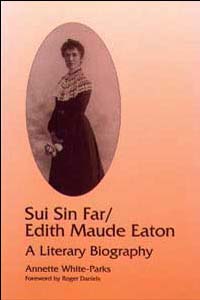President Alexandre Pétion: Founder of Agrarian Democracy in Haiti and Pioneer of Pan-Americanism
Phylon (1940-1956)
Volume 2, Number 3 (Third Quarter, 1941)
pages 205-213
Dantès Bellegarde (1877-1966) [Biography in French]
The history of Haiti is dominated by four great men who fought and worked for its independence: Toussaint Louverture, Dessalines, Christophe and Pétion. Toussaint is the best known of them all because his extraordinary genius and spectacular career have engaged the attention of numerous authors. From a variety of angles they have related the story of this one-time slave who became the governor-general of the French colony of Santo Domingo only to die a captive in a dungeon of the Jura Mountains.
The career of Dessalines was scarcely less dramatic than that of Toussaint, for it was he who led to decisive victory the Negroes and mulattoes, united in the sacred struggle for freedom. Christophe, who became King of Haiti and revealed great administrative powers, is principally known in the United States by the public works which he constructed in the Northern Kingdom. The most remarkable of these is the Citadelle Laferrière, which has justly been called one of the wonders of America.
Of these four remarkable men Alexandre Pétion is the least known in the United States, but his name is revered in Latin America. In fact, he has played a role of first importance in the history of the New World, as I hope to demonstrate in this short biography, which I am writing for Phylon.
Alexandre Pétion was born at Port-au-Prince, April 2, 1770, the son of a mulatto woman and a white man, Pascal Sabès, who, considering his son too dark of skin, refused to recognize him. His elementary education was very inadequate because the whites had not established schools in the colony of Saint Domingue. He learned the trade of silversmith from one of his father’s old friends, M. Guiole, a native of Bordeaux, whose wife showed much solicitude for the young boy. She called him Pichoun, which in her southern patois meant mon petit, “my little one,” whence the name Pétion, by which he continued to be known and which he finally adopted as his own…
Read the entire article here.


